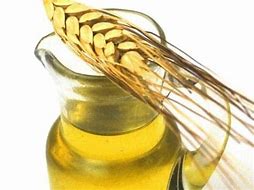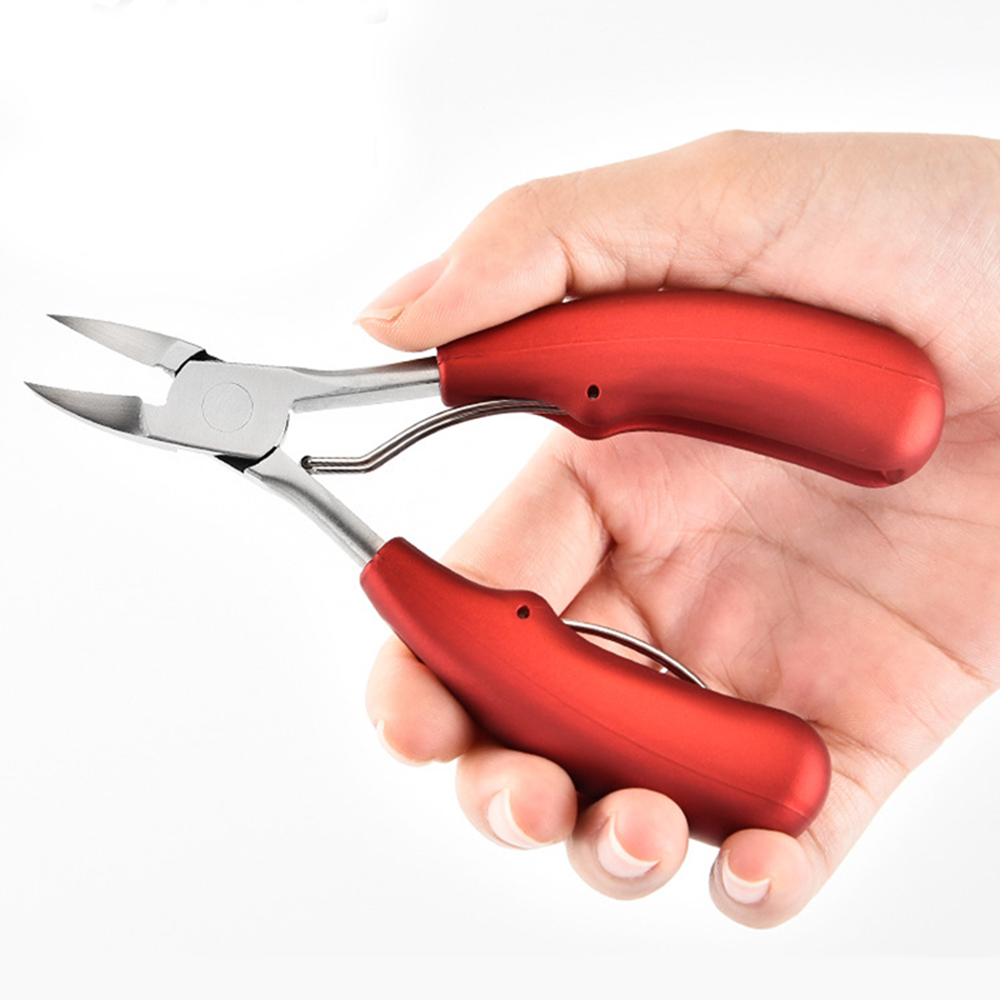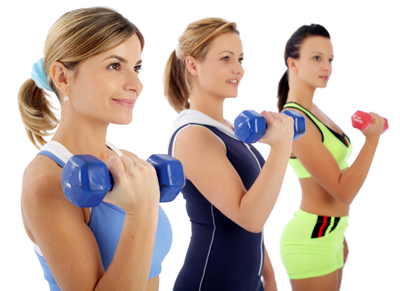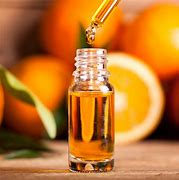Sweaty or Smelly Feet
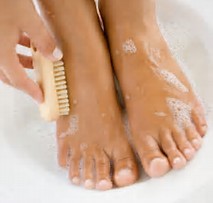



Sweaty or Smelly Feet
Hyperhidrosis is a condition where the sweat glands of the feet and hands are overactive, resulting in excessive sweating. Many thigs, including stress, changes in the weather, illness, and medications, can trigger an episode of excessive sweating. Most often, we don't know what the trigger is.
Socks are important for preventing and treating hyperhidrosis because they can either trap moisture next to the skin or help to evaporate. Contrary to popular belief, cotton is not the ideal fabric for socks, because when cotton gets wet it stays wet. Though soft and absorbent, cotton is not as effective as newer fabrics at protecting the skin of the feet.
Nylon and other synthetic materials can wick, or pull, moisture away from the skin and help it to evaporate. All shoe stores and sporting good stores carry socks that wick moisture from the skin. But wicking socks have their limitations, so even these socks should be changed two or more times a day if the feet are particularly sweaty,
topical skin treatments can also help control excessive moisture. Powders are very effective at keeping the feet cool and dry. Most powders are made from talc or cornstarch, or combination of the two. For those with sensitive skin, corn starch-based powders may be less irritating.
Foot powders that include antifugal ingredients are especially useful for those with sthlete's foot. It is best to apply the powder directly to the feet instead of sprinkling it into socks or shoes.
Some roll-on and powder products contain the antiperspirant aluminum chloride and can decrease sweating when applied daily. They also work well in combination with other treatments described in these chapters. Aluminum chloride products are available without prescription at many stores and pharmacies.
Reference:Great Feet For Life: Paul Langer, DPM
Articles - Latest
- A yoga teacher says this five-minute stretch is all you need to maintain flexibility in your spine
- Can't do a deep squat? Use this coach's four-step plan
- 6 Reasons Your Feet Are So Itchy
- Surprising Benefits of Using Bay Leaves on Your Feet
- I run 50 miles a week and this is my go-to 20-minute yoga-for-runners workout to boost my flexibility
- How to do hanging leg raises with perfect form, according to trainers
- The two exercises everyone should add to their strength workouts to see results, according to an expert trainer
- 1 year of heavy strength training could offer 4 years of benefits, study suggests
- Research Has Unveiled How Many Sets You Need to Do to Build Muscle
- I did 50 frog crunches every day for a week — here's what happened to my abs
- 10 physio-approved exercises for runners that will help you build strength and mobility
- Forget sit-ups — this 3-move standing ab workout chisels your abs and obliques
- What to do when plantar fasciitis is so bad you can't walk
- Five exercises better than side bends to sculpt strong obliques
- Forget Russian Twists — this 10-minute stability ball workout targets your abs and glutes
- Professor explains how we are all doing one exercise wrong and it is causing us pain
- Supplies, Description, and Usage - Tech Nails-2
- Supplies, Description, and Usage - Tech Nails
- Exercises for Plantar Fasciitis
- Shoes, insoles and splints: Cushioning and support - Plantar fasciitis
- 10 best bum workouts and 25 bum exercises for a 🍑'ier butt
- The dos and don’ts of running when you’re over 40
- This 30-minute workout can be done from just about anywhere
- I teach stretching routines for a living — 3 exercises that strengthen your hips and open your hamstrings
- Somatic exercise has gone viral promising to lower cortisol levels, ease stress, and boost health - so, does it actually work?
Articles-Popular
- Home
- Calluses and Corns-4-Padding and Insoles To relieve Pressure
- Add Muscle, Build Stamina and Fire up Your Metabolism with Our Three-Move Strongman Circuit
- The two exercises everyone should add to their strength workouts to see results, according to an expert trainer
- Appreciate Your Feet
- Contacts
- WEB - LINKS
- Therapy Price List- Aromatherapy - Counselling
- The Awareness of Foot Care
- Nail Technician Resume
- Join us as a Therapist
- Blisters on the Feet
- Skin Care-Feet
- Galleries
- TCM - Therapy Prices
- Podiatry/Chiropody Price List
- Bacterial Infections
- Nail Technician Job Description
- Itching Skin on the Feet
- Athlete's Foot
- Sweaty or Smelly Feet
- Gallery - Pedicured Feet
- Appointments
- Calluses and Corns - 2
- Skin Changes Associated with Blood Flow
